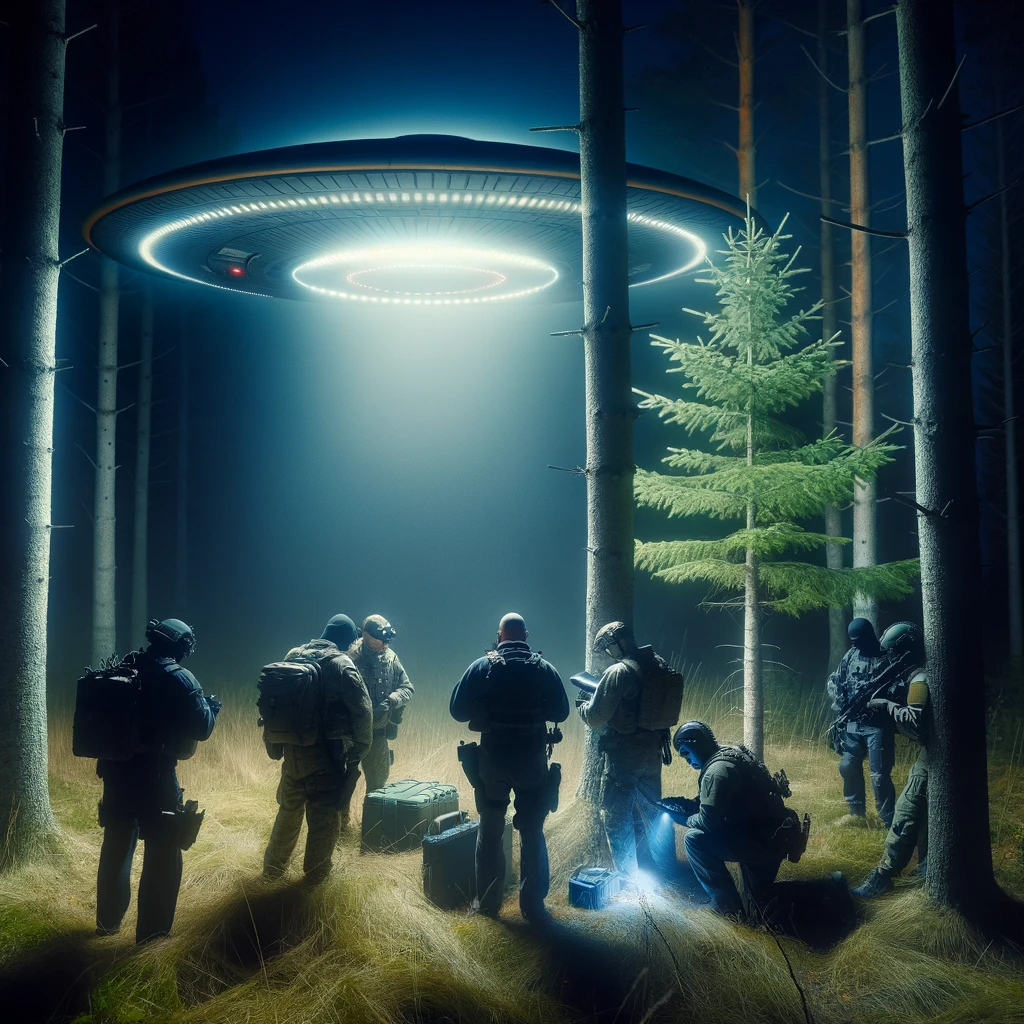GENADMIN Joint Staff J3 Washington DC 191452ZMAY23

The document titled “Joint Chiefs UAP Directive May 2023 – Douglas Johnson FOIA_Redacted” represents a significant point of interest in the ongoing discourse surrounding Unidentified Anomalous Phenomena (UAP), more colloquially known as UFOs. This document emerges within a broader context of increasing public and governmental attention towards UAPs, marked by a growing demand for transparency, scientific inquiry, and the potential implications for national security and technological innovation.
The document is a response to a Freedom of Information Act (FOIA) request made by Douglas Johnson on August 31, 2023. Johnson’s request aimed to obtain a copy of a document referred to as “GENADMIN Joint Staff J3 Washington DC 191452ZMAY23 ‘Unidentified Anomalous Phenomena Reporting and Material Disposition.'” This title alone suggests a structured approach by the Joint Chiefs of Staff towards not only reporting UAP sightings but also handling materials associated with such phenomena. This notion of “Material Disposition” particularly piques interest as it implies the existence, handling, and possibly the study of physical materials associated with UAPs, which could point towards efforts in understanding, and potentially reverse-engineering, technology beyond current human capabilities.
The FOIA response indicates that nine pages were located that are responsive to Johnson’s request. However, portions of these pages were exempt from release under 5 U.S.C. § 552 (b)(6), due to concerns about invading personal privacy. This exemption usage underscores the sensitive nature of the information contained within these documents, possibly related to individuals’ identities involved in UAP incidents or investigations.
The narrative surrounding UAPs has significantly evolved, transitioning from fringe theories to a subject of legitimate investigation by credible government bodies. The involvement of the Joint Chiefs of Staff, as indicated by the document’s title, marks a noteworthy level of military interest and concern regarding UAPs. This interest is not purely scientific or driven by curiosity; it inherently carries implications for national defense and security. The term “anomalous” underscores the challenges these phenomena pose to conventional understanding and the potential they hold for revealing novel technologies.
The document also highlights the procedural aspect of UAP investigations through the mention of a “Reporting and Material Disposition” process. This suggests a formalized mechanism for not only documenting sightings and encounters but also for the collection, analysis, and handling of physical evidence. The mention of “Material Disposition” opens up a myriad of questions regarding the nature of these materials, the protocols for their analysis, and the implications of their origins and properties.
The public’s interest in UAPs is multifaceted, encompassing concerns about transparency, scientific curiosity, and the potential for technological breakthroughs. The idea of reverse-engineering extraterrestrial or non-human technology has been a long-standing theme in UAP discourse. The potential for such technology to revolutionize energy, transportation, and even weaponry cannot be overstated. This document, while hinting at the existence of procedures for handling UAP-related materials, leaves much to the imagination regarding the specifics of these materials and the findings from their analysis.
It indicates a pivotal moment where UAP-related inquiries and policies are gaining formal recognition and potentially shaping public policy and defense strategies.
The “Joint Chiefs UAP Directive May 2023” document, as revealed through the FOIA response to Douglas Johnson, stands as a compelling piece of the ever-expanding UAP research and discourse. While the redactions and exemptions applied to the document may curb the immediate thirst for detailed disclosures, they also underscore the complexities and sensitivities inherent in this field of inquiry. The aspects of reporting, material handling, and the potential for reverse-engineering encapsulated in this document offer a tantalizing glimpse into the ongoing efforts to understand and possibly harness the mysteries of UAPs.


